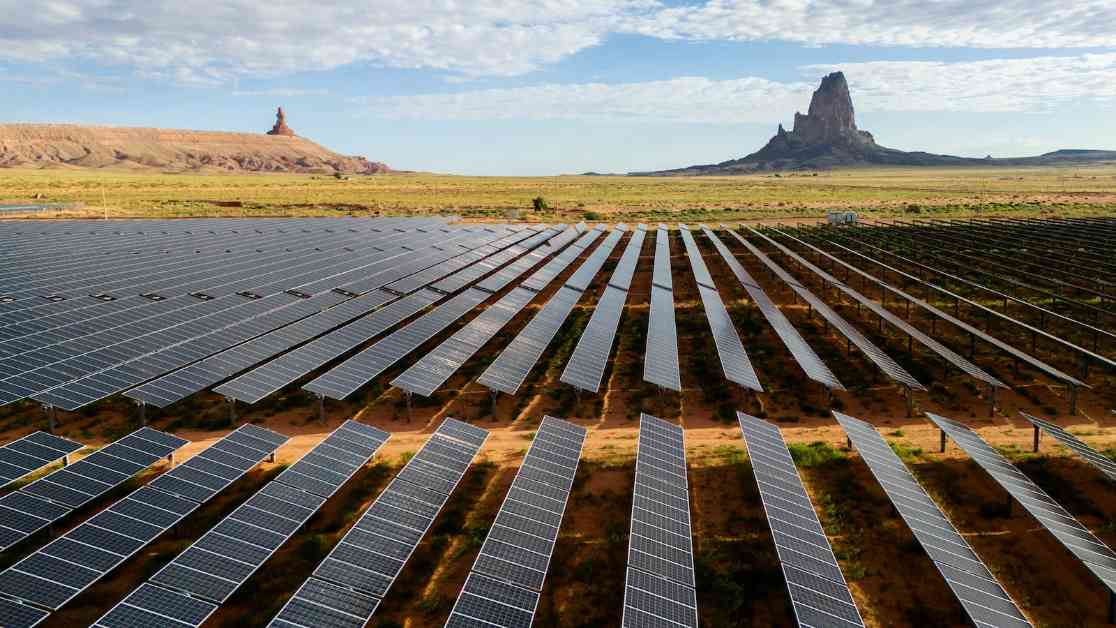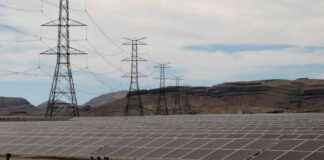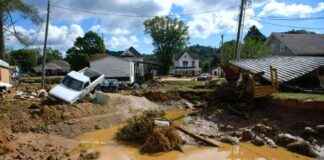States Lead the Way in Climate Action
As President-elect Donald Trump prepares to return to the White House, California is already gearing up to defend its progressive policies in the face of potential federal interference. Lawmakers in the state have convened to safeguard civil rights, reproductive freedom, and climate initiatives, anticipating renewed threats to environmental progress under the incoming administration.
Trump, who has a history of skepticism towards climate change, poses risks to existing climate policies. During his first term, he withdrew the US from the Paris climate agreement and rolled back environmental regulations. His future plans involve undermining Joe Biden’s climate policies, increasing fossil fuel production, and impeding renewable energy expansion.
State Initiatives Drive Climate Progress
Despite federal setbacks, states like California continue to drive climate action forward. By pushing utilities to transition away from fossil fuels, implementing strict emissions standards, and enforcing energy-efficient building regulations, states are paving the way for sustainable practices. Wade Crowfoot, head of California’s Natural Resources Agency, highlights the pivotal role states play in reducing carbon pollution and protecting communities from climate impacts.
State-Level Collaboration and Impact
Governors across the nation have united to combat climate change through initiatives like the U.S. Climate Alliance, focusing on reducing greenhouse gases, enhancing building standards, and promoting environmental justice. This bipartisan effort underscores the importance of state and local actions in addressing climate challenges, especially in the absence of federal leadership.
Resilience and Innovation at the State Level
State-level climate policies receive a significant boost from the Biden administration’s Inflation Reduction Act, offering substantial funding for clean energy programs. Despite potential federal rollbacks, states are forging ahead with clean energy innovation, creating jobs, and investing in sustainable solutions. The transition to renewable energy sources is not only driven by environmental concerns but also by economic viability, making it a compelling choice for states across the political spectrum.
In the midst of political uncertainties, states are taking the lead in shaping a greener future for all. The dynamic landscape of climate action underscores the resilience and determination of state governments to prioritize sustainability and combat climate change. As the nation navigates through changing administrations and policies, the commitment of states to environmental progress remains unwavering, setting a powerful example for collective action and innovation in the face of global challenges.














